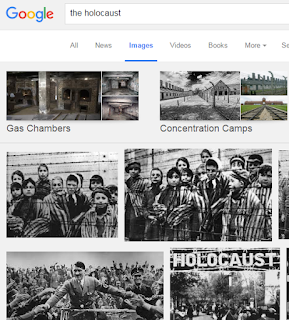SOCIAL 10-1
Both classes went to a computer lab working on difference Google Doc groups to get ready for tomorrow's debate. The debate topic is Be it resolved that globalization is beneficial to the world's cultures. Your Chapter 3-4 Test is on Tuesday, October 3rd, please see the study guide below. You're writing a Unit 1 WRA I on Wednesday, October 4th.
CHAPTER 3-4 TEST STUDY GUIDE:
This test will be written on Tuesday, October 3rd. It is a matching test with a long answer section.
- Know the key terms from Chapter 3-4
- Be able to answer the Questions for Inquiry in Chapters 3-4 (they appear on p.49, p.53, p.58, p.73, p.80)
- Know relevant case studies from Chapters 3-4: the Francophones, the Aborigines and the Lubicon, as well as other relevant examples related to assimilation, marginalization, accommodation and integration
IB 30/35
I taught you some more economic concepts today, especially the business cycle (the boom and bust cycle) and the Keynesian responses to a recession or depression. We also watched a video from the BBC 20th Century History series called "Boom and Bust".








